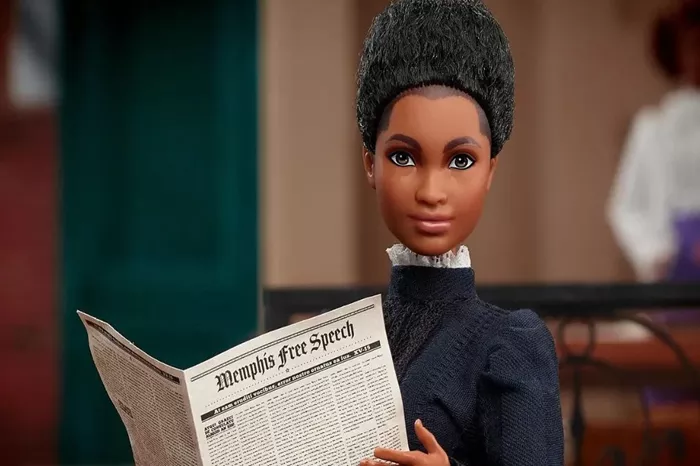The iconic lyrics of Aqua’s “Barbie Girl” evoke nostalgia for a generation that grew up idolizing Barbie, the quintessential blonde with blue eyes. However, this image, synonymous with Barbie for decades, raises questions about representation and diversity. Why did it take Mattel two decades to introduce a Black Barbie?
Netflix’s documentary “Black Barbie” directed by Lagueria Davis and produced by Shonda Rhimes delves into this significant cultural shift. Released in 1980, the first Black Barbie was a milestone achieved through the efforts of Beulah Mae Mitchell, Kitty Black Perkins, and Stacey McBride-Irby—Black women who influenced Mattel’s direction.
The film narrates their journey through interviews and insights, revealing how the Black Barbie evolved from early prototypes to a culturally resonant symbol, inspired by fashion icons like Diana Ross. It critiques Mattel’s history of segregation within its doll lineup, where Black dolls were relegated to supporting roles until the emergence of the landmark Black Barbie.
“Black Barbie” addresses broader societal issues, using dolls as a lens to examine racism and the unrealistic beauty standards perpetuated by toys like Barbie. It draws parallels with pivotal moments in American history, including civil rights movements and educational integration, underscoring the doll’s inadvertent role in shaping cultural norms.
Beyond America, Barbie’s influence spans globally, challenging traditional doll-making cultures in countries like India. The documentary acknowledges these nuances while urging deeper reflection on cultural representation in toys.
While celebrating the symbolic breakthrough of the first Black Barbie, the film critiques Mattel’s current stance on diversity within its design teams. It features voices like Shonda Rhimes, Misty Copeland, and Ibtihaj Muhammad, highlighting Barbie’s cultural impact across diverse identities.
“Black Barbie” is a timely exploration amidst global discussions on racial equality, inviting audiences to reconsider the cultural significance of toys and their role in shaping societal norms. As the documentary navigates through history and personal narratives, it prompts viewers to reflect on the evolving perception of beauty and identity in contemporary society.
For those fascinated by Barbie’s enduring legacy or intrigued by the intersection of culture and commerce, “Black Barbie” offers a compelling narrative. It is not just a story of a doll but a reflection of broader societal aspirations and challenges, making it essential viewing in 2024.
Related topics:
TOP 5 PLACES TO BUY AUDREY SUE CRUZ BARBIE DOLL
5 BEST PLACES TO BUY ASHLEY GRAHAM BARBIE DOLL
HOW OLD IS BARBIE IN THE DREAMHOUSE 2022?

